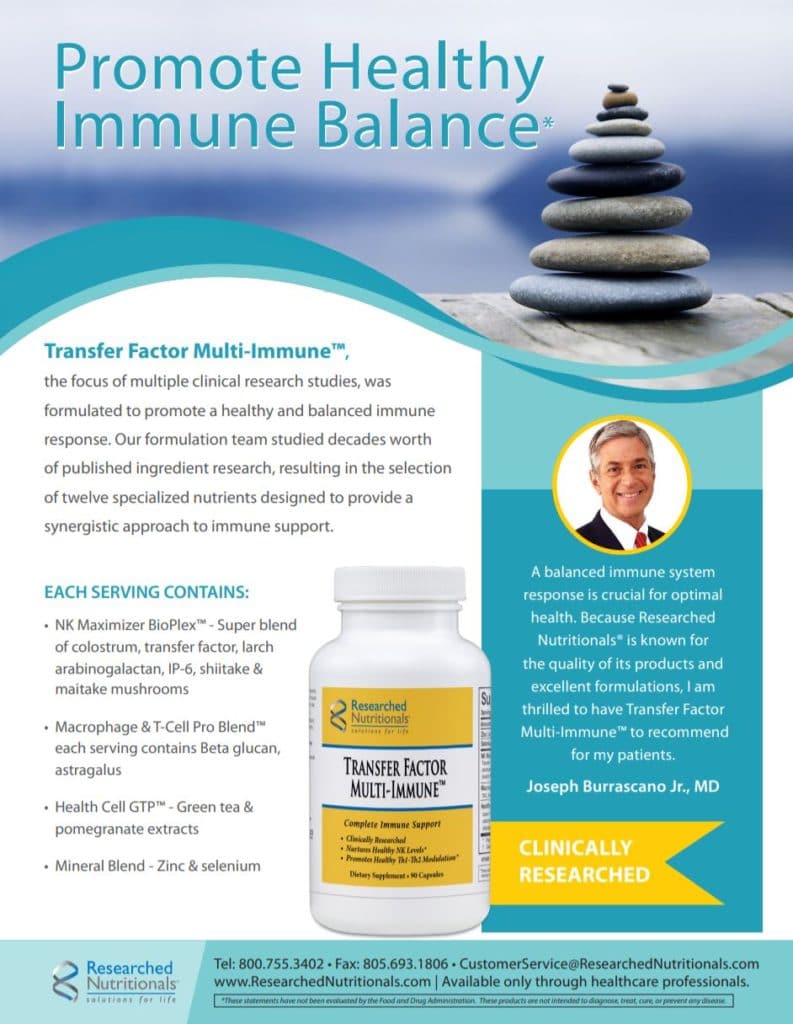article continues…
Therapeutic Potential of Add-On Therapies
Other supplements, which can be obtained from Endurance Products Company (Sherwood, Oregon), that offer important high quality with solid therapeutic continuous value to help control excessive peroxynitrite levels and reduce O/N stress include vitamin C, preferably in a sustained-release form, mixed tocotrienols, and omega-3 fatty acids from krill oil or flaxseed oil. Coenzyme Q10 with its role in the electron transport chain and energy metabolism makes it an especially important supplement for healthy mitochondria.
Cannabidiol (CBD) from hemp oil, preferably in a sustained-release crystalline form to provide uniform dosing, is an important option to help reduce O/N stress. This polyphenol is an excellent target for peroxynitrite. CBD is helpful for all types of diabetes from early to late stages to protect insulin (i.e., lower insulin resistance). Endurance Products Company is experimenting with a sustained-release CBD product that provides 60 mg of crystalline CBD per tablet. This compound is very effective in controlling pain caused by excessive peroxynitrite levels. Therefore, it can help relieve pain associated with damage to joints like knees, hips, ankles, and wrists when in a pure crystalline form packaged in a sustained-release form.
Combined, these therapies not only help reduce O/N stress, but also help control carbohydrate and lipid metabolism. The result is a more complete and effective treatment regime for various forms of diabetes and prediabetes that is safe and less toxic than drugs or supplements presently used. Moreover, the use of highly bioavailable bioactive ingredients in sustained-release tablet delivery helps overcome the challenge of short plasma half-lives and maintains more constant blood and tissue levels for optimal effectiveness.
A growing body of research indicates that both proper control of metabolism (both fats and carbohydrates) and O/N stress are needed to live a normal life. Excellent control of both comprise the most complete method to treat diabetes of any type while helping to maintain the mitochondrial function critical for normal glucose and fat metabolism.
Novel SR Dihydroberberine Tablet
By working with Endurance Products Company, we have been able to develop a novel sustained-release DHB supplement that requires only twice daily doses. This allows for better absorption and continuous maintenance of the blood level of berberine over longer periods of time.
The tablet is made by combining DHB with the company’s proprietary vegetable wax tablet matrix. Berberine is extracted from plants of the Berberis genus and converted to DHB using sodium borohydride or palladium-catalyzed hydrogenation in solution. (DHB can also be extracted from plants that produce it.) The molecule is purified via extraction and crystallization, resulting in pharmaceutical grade 98% pure crystals. The crystals are then compounded into the tablet matrix, which comprises rice bran and/or carnauba wax, isomalt, stearic acid, magnesium stearate, and silica. All ingredients, except silica, are sourced from plants.
The yellow powder is then compressed using an automated tablet press. Each tablet contains 150 mg of DHB. The usual oral dose for patients with diabetes is two tablets, every 12 hours, for a daily intake of 600 mg of sustained-release DHB. We found this twice daily regime offered better dosing compliance and was easier for patients to remember than immediate-release products. In addition, this non-charged supplement in sustained release form behaves more consistently than standard berberine HCl.
Other Chronic Inflammatory Diseases
Diabetes provides an excellent example of how to control other chronic inflammatory diseases and their associated O/N stress with sustained release, non-toxic polyphenolic compounds and other substances that can act as targets of nitration and oxidation.
O/N Stress and Influenzas
While various types of influenza start with acute inflammation, they can evolve into chronic inflammatory diseases. The most startling example is the 1918 “Spanish flu”—the original H1N1 strain of respiratory influenza—that killed about five percent of the world’s population. It was transmitted from human to human in respiratory fluids. Usually, an infected person would sneeze and release tiny virus-laden droplets into the air. Once inhaled by people nearby, the virus would bind to receptors on lung cells, begin to infect, replicate and eventually pass into more people. It is a single-stranded positive RNA envelope virus, a type of virus that exists in a variety of forms, is genetically diverse, and recombines over time to create new viruses. At least two major forms exist: A and B. Presently, the A form predominates, but the B form has occurred more recently.
…Article continues on next page…







